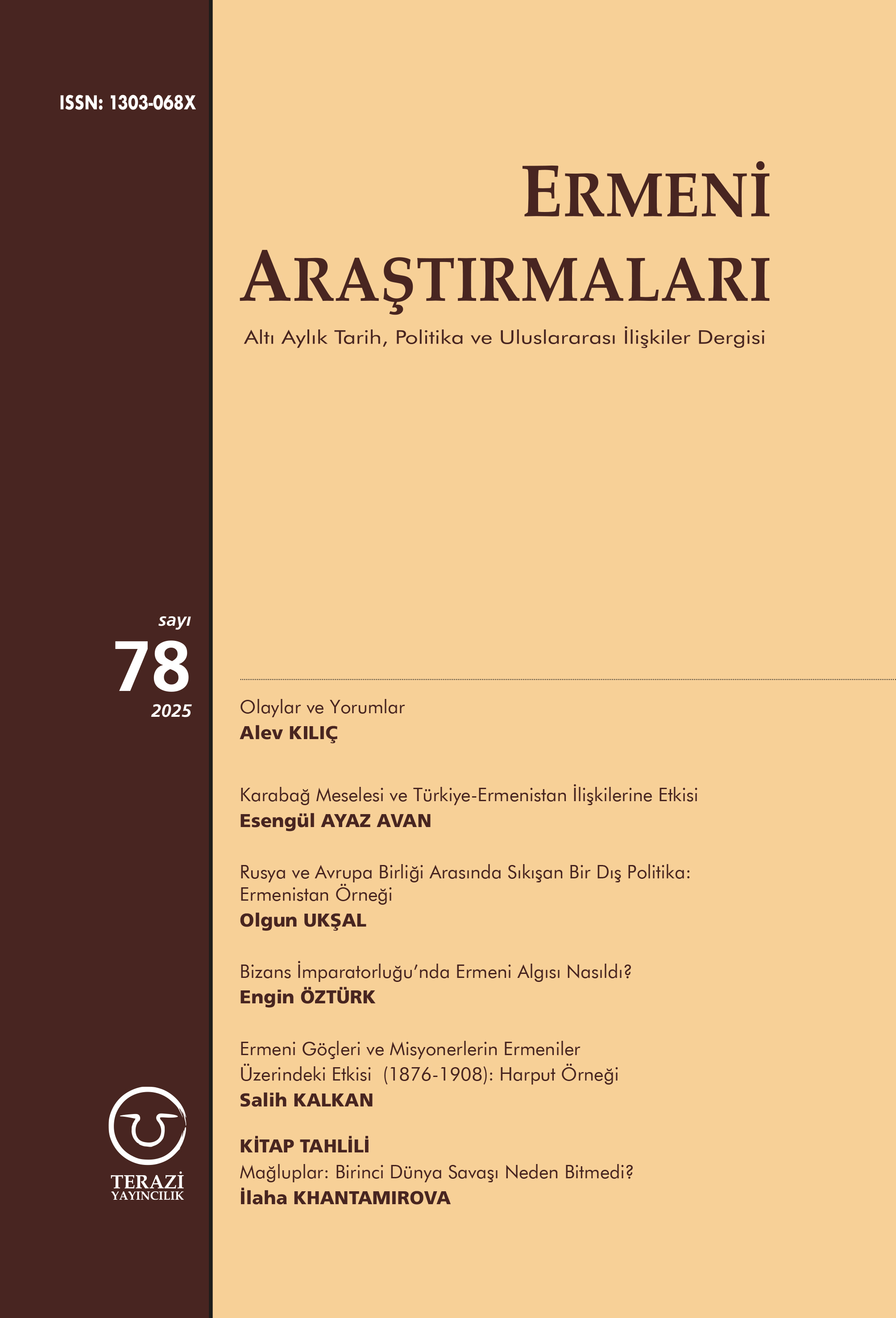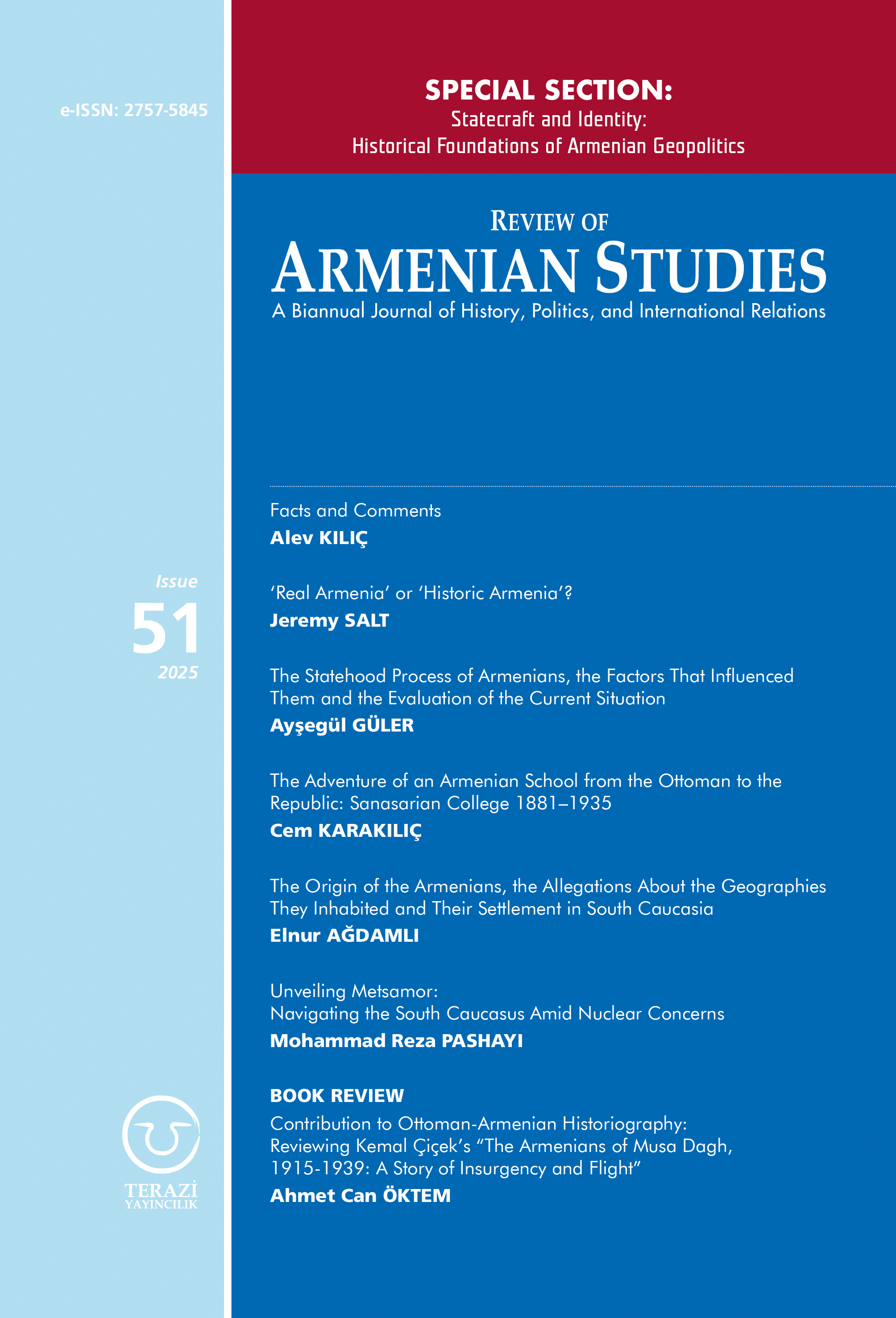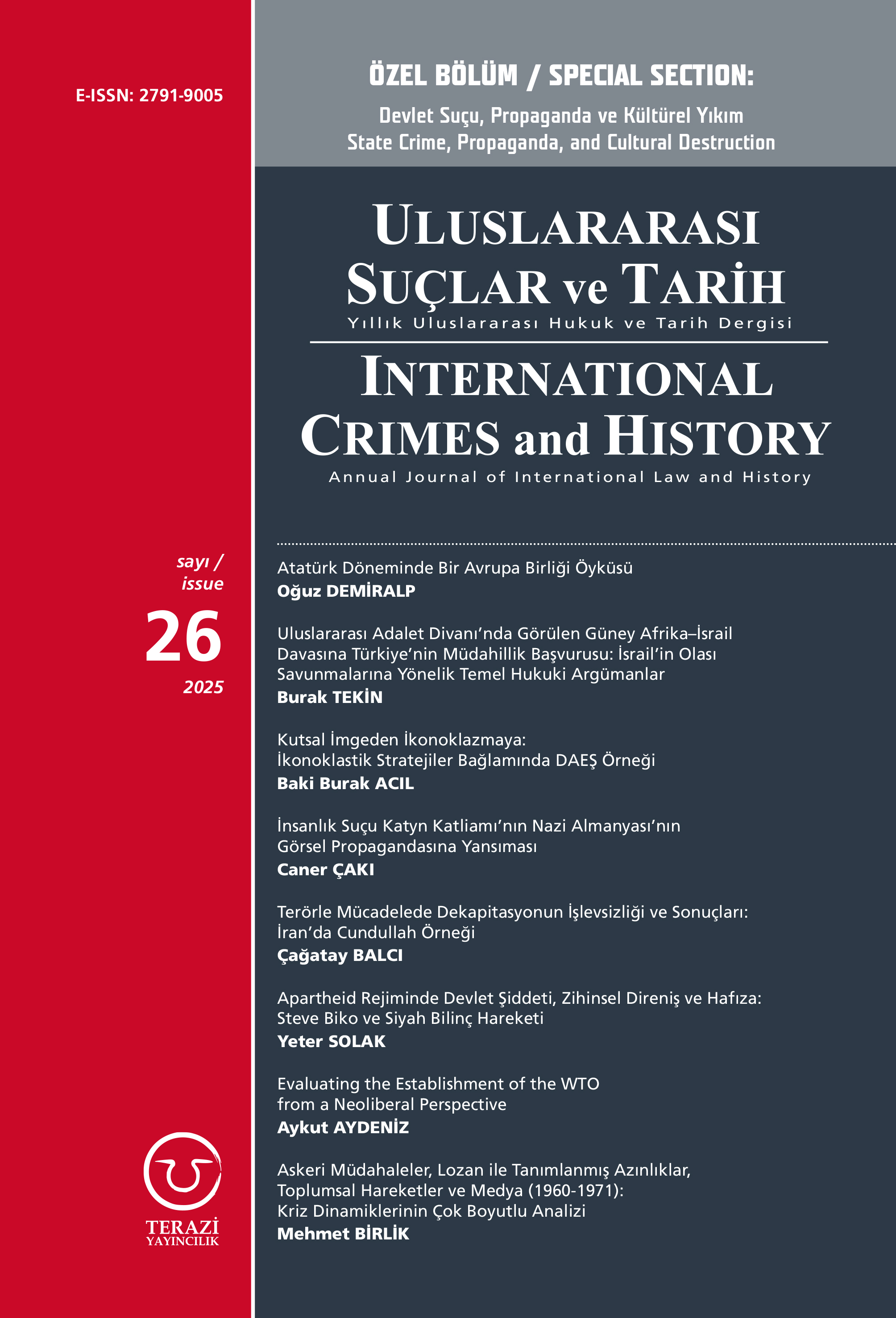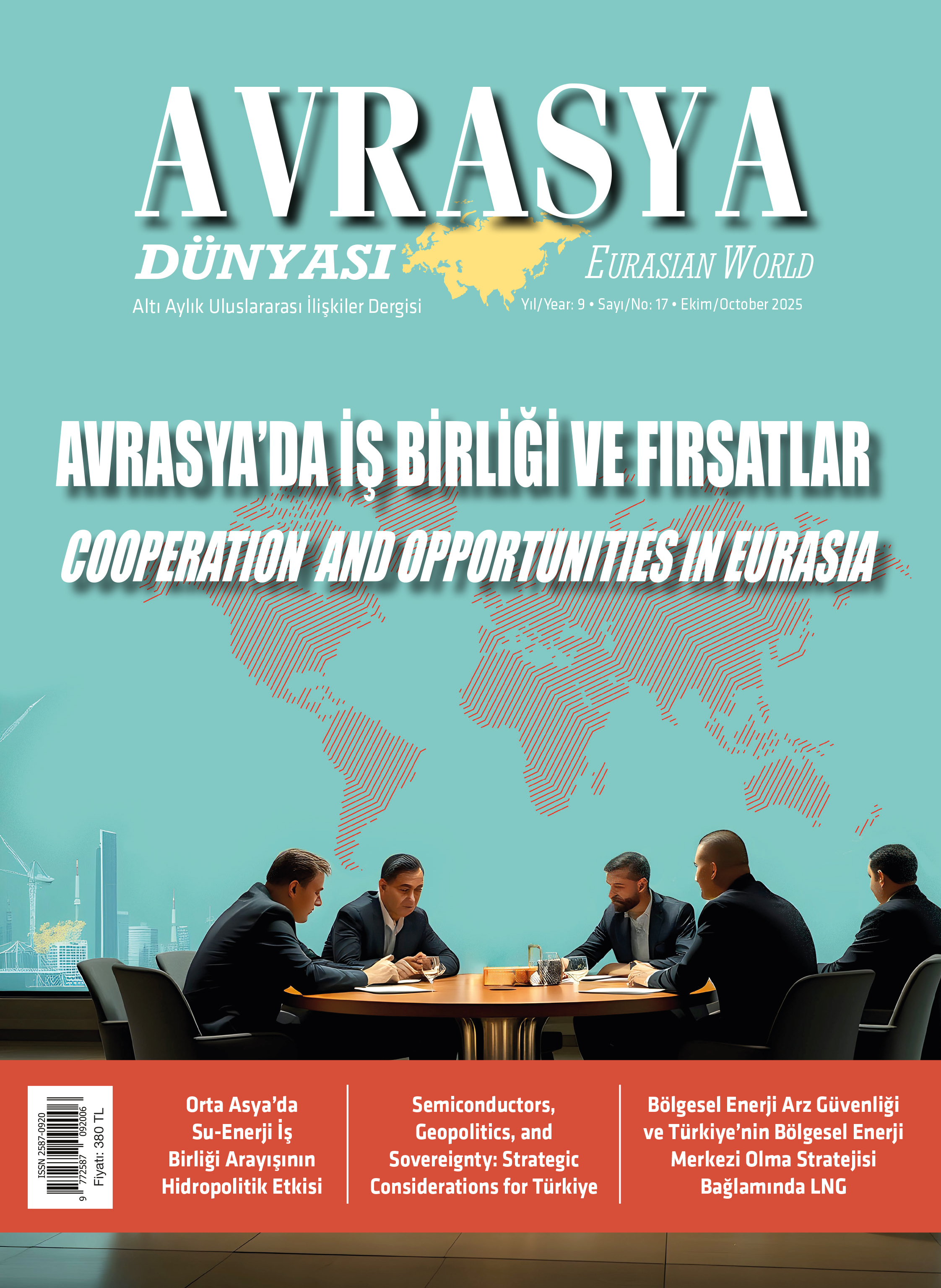
This is the English translation of a Turkish language article that was originally published by AVİM on 3 December 2024.
The 31st Economic Leaders’ Summit of the Asia-Pacific Economic Cooperation (APEC), was held on 15-16 November 2024 in Lima, capital of Peru. APEC is the diaologue platform of Asia-Pasific economies consisting of twenty one members including US, China and Russia. The theme of this year of APEC Ekonomic Leaders’ Summit is determined as “empower, include, grow”. The “Machu Picchu Declaration” consisting of nineteen points was approved by leaders of APEC following the Summit. At the same time, the “Lima Roadmap to Promote the Transition to the Formal and Global Economies” and “Ichma Statement on A New Look at the Free Trade Area of the Asia-Pacific Agenda” were accepted.[1] The objective of the Machu Picchu Declaration has been determined in line with “APEC Putrajaya Vision 2040” accepted in 2020. Putrajaya Vision 2040 is a long term vision document whit the goal of creating a “open, dynamic, free, and peaceful” Asia-Pacific community through innovation, trade, and sustainable growth.[2] In this regard, a rules-based multilateral trading system based on the rules of the WTO at its core, multilateralism, food security, sustainable growth, preventing corruption, climate change, Artificial Intelligence (AI), and innovation were addressed in the Machu Picchu Declaration. Additionally, socio-economic issues especially gender equality, have also come to the fore. The Lima Roadmap aims to promote the transition of economic actors from the informal to the formal economy and broaden access to markets in the Asia-Pacific region. [3] The Ichma Statement includes some initiatives that will facilitate the integration of the Asia-Pacific Free Trade Area.[4]
Another significant aspect of the APEC Lima Summit is that it served as the venue fort he last meeting between the U.S. President Biden and Chinese President Xi. The two leaders who met for the third time, have addressed the risks of Artificial Intelligence. Moreover, two leaders have agreed to maintain human control regarding the decision to use nuclear weapons. This situation is important as it is the first time the two countries have agreed regarding nuclear weapons and artificial intelligence. In their speeches, Biden and Xi affirmed the importance of collaboration and open communication channels for U.S.-China relations. During the meeting, controversial issues between the two countries have also been addressed. According to a statement released by the two countries have also been addressed. According to a statement released by the White House, President Biden has called for additional steps to be taken in China regarding synthetic drugs and precursor chemicals used to make drugs. President Biden has stated that the commitment to the “One China Policy” continues, has called for an end to Chinese military activity around the Taiwan Strait and expressed the United States’ commitment to upholding stability in the South China Sea. Biden has stated that concern regarding Chinese cyber attacks and China's support for Russian military defense activities. Additionally, Biden has asserted that Democratic People's Republic of Korea’s soldiers who joined the Russian army will expand the reach of the Russia-Ukraine war.
China’s President Xi, has stated that four red lines should not be crossed as “most important guardrails” and “safety nets” for China-U.S. relations. These four red lines that should not be challenged were listed as “the Taiwan question”, “democracy and human rights”, “China’s path and system”, and “China’s development right”. Furthermore, Xi, stated that the discourse of “cyberattacks from China” is unrealistic and the U.S. should not interfere in the issues of the South China Sea, that “China will not sit idly” and its strategic security and core interests would be under threat in case of conflict in the Korean Peninsula. On the other hand, President Xi expressed that the Thucydides’ Trap is not a inevitability and a new Cold War should not occur. The concept of Thucydides’s Trap, is based on Graham Allison’s study. In his study Graham Allison evaluates the conflict between a “rising power” and a “ruling power” based on Thucydides’ account of the conflict between Athens and Sparta, finding that most rivalries end in conflict.[5] Xi, has added that the goal of exerting control on China is unacceptable. President Xi’s statements show that China adopts a proactive stance on issues that China perceives as security threaths. It can be argued that these statements were also directed towards Donald Trump, the winner of the U.S. election. The reason for this is Trump’s campaign pledge to increase the tariffs applied to China. During the meeting between Xi and Biden, Xi stressed that China's right to development should not be hindered, thus expressing the importance of free and unimpeded trade for China. In his previous speech, President Xi had stated that a trade war would be detrimental for all sides after with regards to Donald Trump wining the US elections.[6]
During Xi’s visit to Peru as part of the APEC summit, he attended the opening of the Chancay Port within the framework of the Belt and Road Initiative. It was stated that the Chancay Port is the first green and smart port in South America and will save 20% on logistics costs between China and Peru.[7] It was also explained that the port in question aims to make Chancay the transfer center of Latin America.[8]
At the APEC Lima Summit, where socio-economic issues such as women's participation in the economy were also raised, Indonesian Foreign Minister Sugiono stated that despite the Asia-Pacific region hosting the most advanced innovation centers in the world, 1.7 billion people, especially women, still lack internet access in the region.[9] He stated that this situation creates an important paradox.[10] Malaysian Prime Minister Anwar Ibrahim, during an artificial intelligence-themed session at the APEC CEO Summit, said that the possible Decoupling between the U.S. and China he stated Malaysia must remain neutral regarding the U.S.-China.[11] AI Rivalry Malaysia, which is called a “digital hub” thanks to its hosting of large innovation companies, not wanting to take sides in the competition between the two superpowers is related to its goal of undisrupted economic development and growth. These assessments made by the two developing economies of the Asia-Pacific are important in terms of showing the socio-economic inequalities in the region and the effects of great power competition on the countries of the region.
[1] “2024 APEC Leaders’ Machu Picchu Declaration”, Asia Pasific Economic Cooperations (APEC).2024. Accessed 25 November 2024. https://www.apec.org/meeting-papers/leaders-declarations/2024/2024-apec-leaders’-machu-picchu-declaration ;
“Lima Roadmap to Promote the Transition to the Formal and Global Economies (2025-2040)”, Asia Pasific Economic Cooperations (APEC).2024. Accessed 25 November 2024. https://www.apec.org/meeting-papers/leaders-declarations/2024/2024-leaders’-declaration---draft/lima-roadmap-to-promote-the-transition-to-the-formal-and-global-economies-(2025-2040) .
[2] “APEC Putrajaya Vision 2040 2020 Leaders’ Declaration”, Asia Pasific Economic Cooperations (APEC). Accessed 25 November 2024. https://www.apec.org/meeting-papers/leaders-declarations/2020/2020_aelm/annex-a
[3] “Lima Roadmap to Promote the Transition to the Formal and Global Economies (2025-2040)”, Asia Pasific Economic Cooperations (APEC). 2024. Accessed 25 November 2024. https://www.apec.org/meeting-papers/leaders-declarations/2024/2024-apec-leaders'-machu-picchu-declaration/lima-roadmap-to-promote-the-transition-to-the-formal-and-global-economies-(2025-2040)
[4] "Ichma Statement on A New Look at the Free Trade Area of the Asia-Pacific Agenda”, Asia Pasific Economic Cooperations (APEC). 2024. Accessed 25 November 2024. https://www.apec.org/meeting-papers/leaders-declarations/2024/2024-apec-leaders'-machu-picchu-declaration/ichma-statement-on-a-new-look-at-the--free-trade-area-of-the-asia-pacific-agenda
[5] Graham Allison, “The Thucydides Trap Are the U.S. and China Headed for War?”, The Atlantic, 2015.
[6] "President Xi Jinping Meets with U.S. President Joe Biden in Lima”, Ministry of Foreign Affairs of the People’s Republic of China, 17 November 2024, Accessed 29 November 2024. https://www.fmprc.gov.cn/mfa_eng/xw/zyxw/202411/t20241117_11527672.html .
[7] “Çin-Peru İş Birliği Projesi Chancay Limanı Hizmete Girdi”, CGTN Türk, 15 November 2024, Accessed 29 November 2024. https://turkish.cri.cn/2024/11/15/ARTI1731674629920819 .
[8] Geoffrey Miller, “Trump Victory Could Spark a Rethink for New Zealand at APEC in Peru”, The Diplomat, 08 November 2024, Accessed 29 November 2024. https://thediplomat.com/2024/11/trump-victory-could-spark-a-rethink-for-new-zealand-at-apec-in-peru/ .
[9] Jayanty Nada Shofa, “There’s A Digital Economy Paradox in Asia-Pacific, Indonesia Tells APEC”, Jakarta Globe, 15 November 2024, Accessed 29 November 2024. https://jakartaglobe.id/business/theres-a-digital-economy-paradox-in-asiapacific-indonesia-tells-apec.
[10] Shofa.
[11] Yifan Yu, “Malaysia Must Remain Neutral in U.S.-China AI Rivalry, PM Anwar Says”, Nikkei Asia, 15 November 2024, Accessed 29 November 2024. https://asia.nikkei.com/Business/Technology/Artificial-intelligence/Malaysia-must-remain-neutral-in-U.S.-China-AI-rivalry-PM-Anwar-says .
© 2009-2025 Center for Eurasian Studies (AVİM) All Rights Reserved
No comments yet.
-
 SYRIA AND CHINA AFTER THE ASSAD REGIME
SYRIA AND CHINA AFTER THE ASSAD REGIME
Seyda Nur OSMANLI 18.02.2025 -
 THE D-8 CAIRO SUMMIT
THE D-8 CAIRO SUMMIT
Seyda Nur OSMANLI 06.02.2025 -
 APEC LIMA SUMMIT
APEC LIMA SUMMIT
Seyda Nur OSMANLI 28.01.2025 -
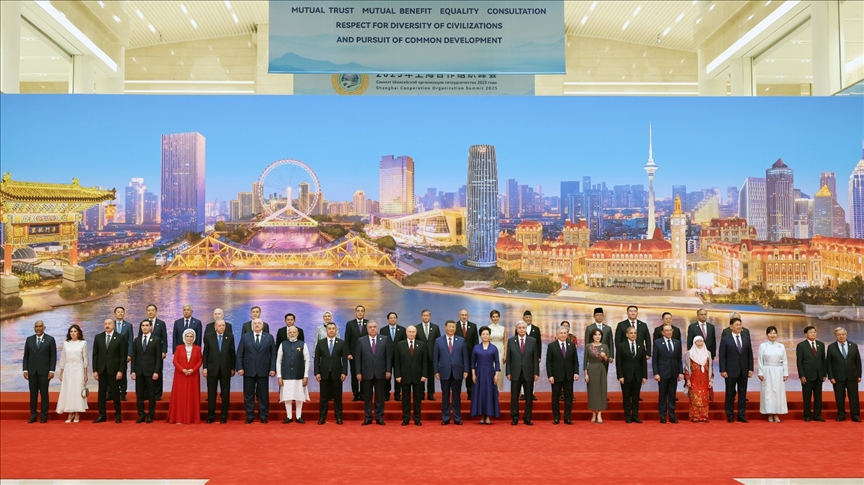 TIANJIN SUMMIT OF THE SHANGHAI COOPERATION ORGANISATION
TIANJIN SUMMIT OF THE SHANGHAI COOPERATION ORGANISATION
Seyda Nur OSMANLI 04.11.2025
-
 BAKALIAN CASE APPEAL HEARING HELD IN CALIFORNIA
BAKALIAN CASE APPEAL HEARING HELD IN CALIFORNIA
Aslan Yavuz ŞİR 08.02.2019 -
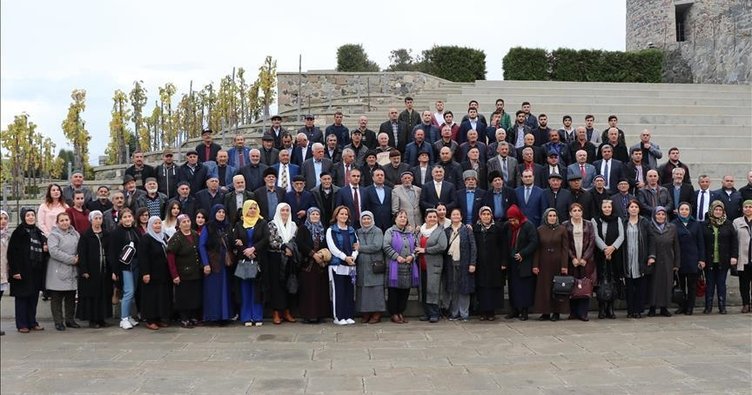 GEORGIA-TURKEY RELATIONS IN THE CONTEXT OF THE MESKHETIAN TURKS ISSUE
GEORGIA-TURKEY RELATIONS IN THE CONTEXT OF THE MESKHETIAN TURKS ISSUE
Şevval Beste GÖKÇELİK 18.12.2020 -
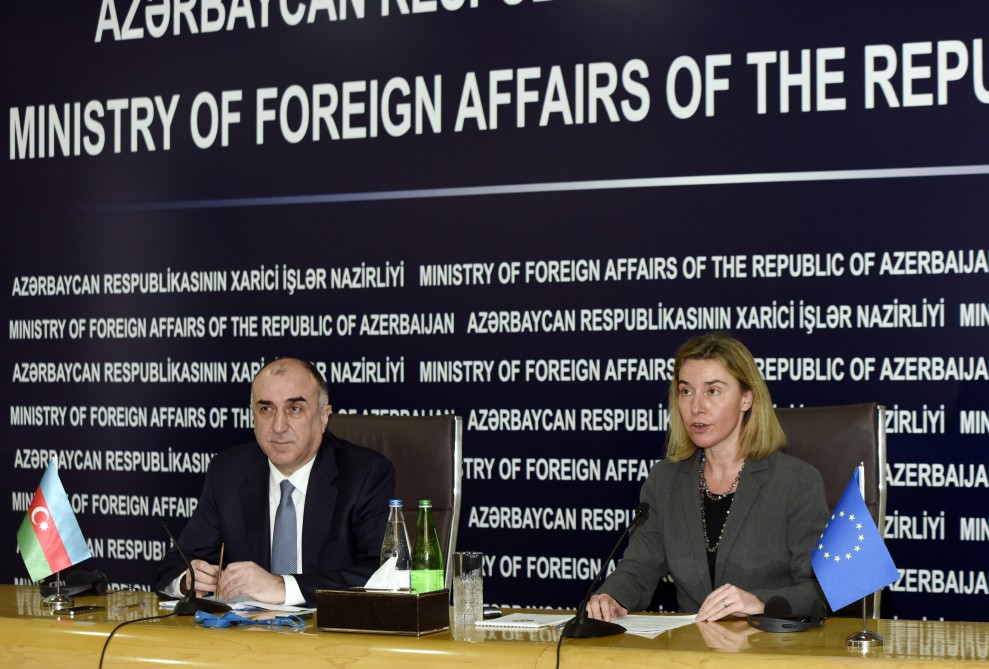 EU’S APPROACH TO AZERBAIJAN AND ARMENIA: REALPOLITIK OR DOUBLE STANDARDS?
EU’S APPROACH TO AZERBAIJAN AND ARMENIA: REALPOLITIK OR DOUBLE STANDARDS?
Ali Murat TAŞKENT 10.03.2016 -
THE RESOLUTION OF THE SWEDISH PARLIAMENT
Ömer Engin LÜTEM 11.03.2010 -
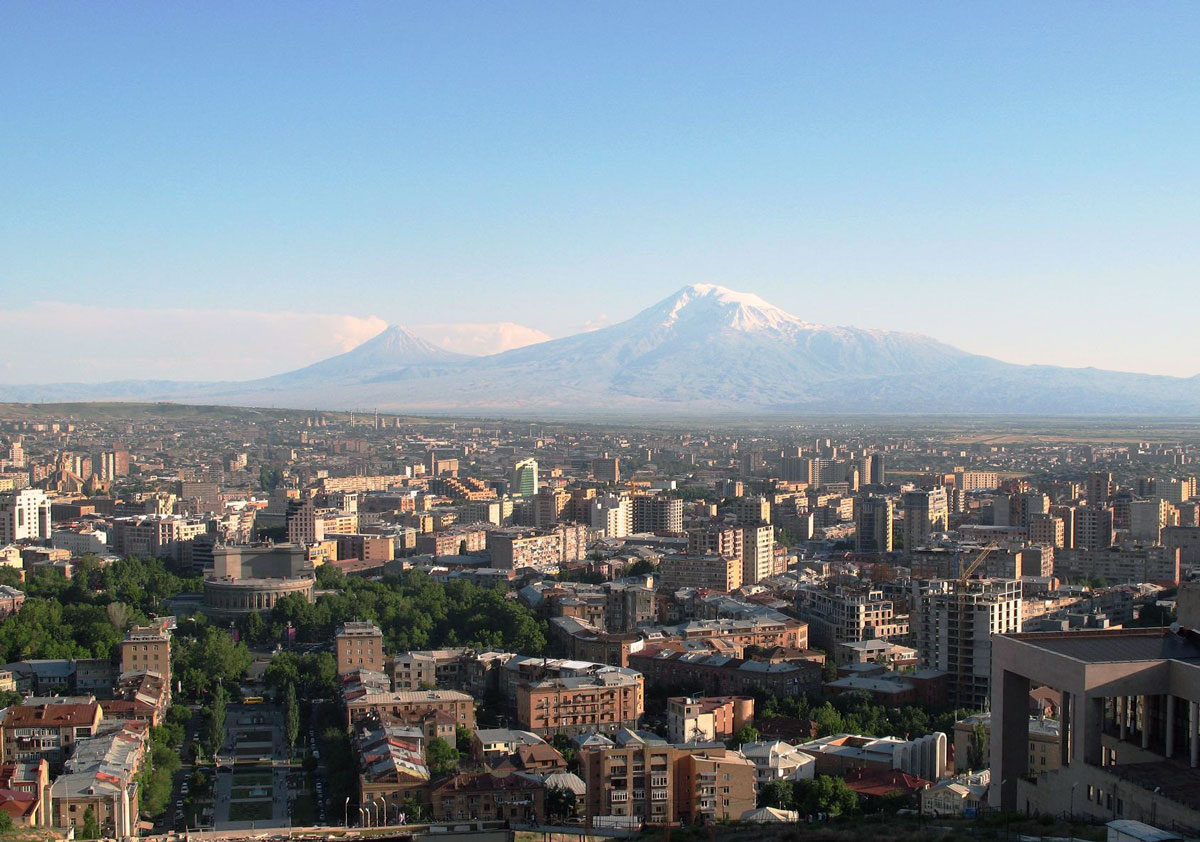 2800 YEARS OF ARMENIAN-YEREVAN?
2800 YEARS OF ARMENIAN-YEREVAN?
AVİM 02.03.2018
-
25.01.2016
THE ARMENIAN QUESTION - BASIC KNOWLEDGE AND DOCUMENTATION -
12.06.2024
THE TRUTH WILL OUT -
27.03.2023
RADİKAL ERMENİ UNSURLARCA GERÇEKLEŞTİRİLEN MEZALİMLER VE VANDALİZM -
17.03.2023
PATRIOTISM PERVERTED -
23.02.2023
MEN ARE LIKE THAT -
03.02.2023
BAKÜ-TİFLİS-CEYHAN BORU HATTININ YAŞANAN TARİHİ -
16.12.2022
INTERNATIONAL SCHOLARS ON THE EVENTS OF 1915 -
07.12.2022
FAKE PHOTOS AND THE ARMENIAN PROPAGANDA -
07.12.2022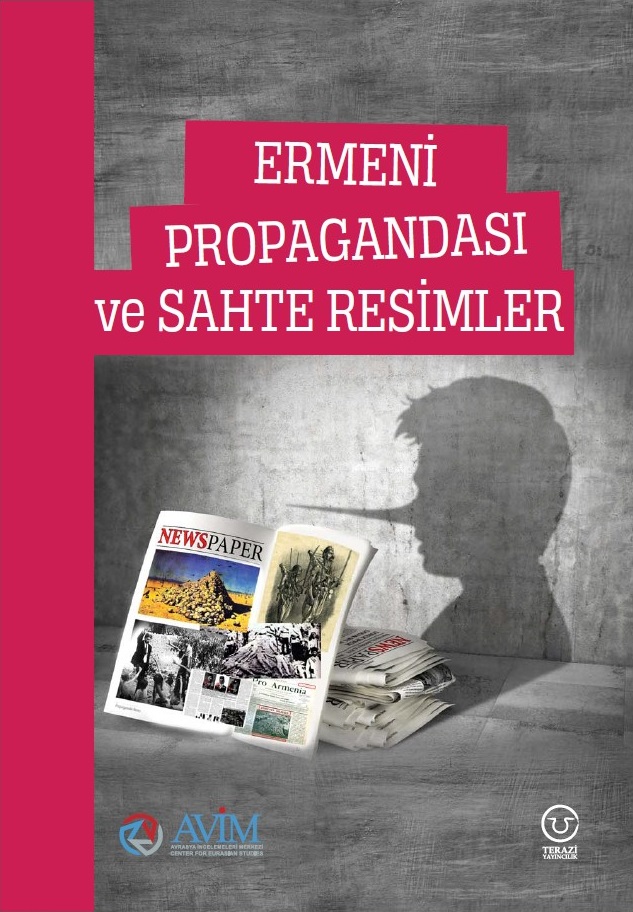
ERMENİ PROPAGANDASI VE SAHTE RESİMLER -
01.01.2022
A Letter From Japan - Strategically Mum: The Silence of the Armenians -
01.01.2022
Japonya'dan Bir Mektup - Stratejik Suskunluk: Ermenilerin Sessizliği -
03.06.2020
Anastas Mikoyan: Confessions of an Armenian Bolshevik -
08.04.2020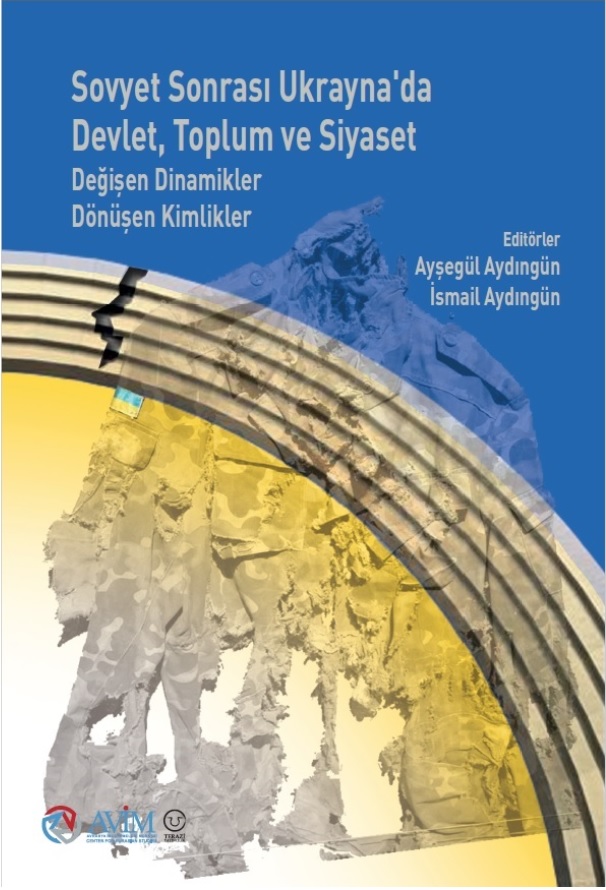
Sovyet Sonrası Ukrayna’da Devlet, Toplum ve Siyaset - Değişen Dinamikler, Dönüşen Kimlikler -
12.06.2018
Ermeni Sorunuyla İlgili İngiliz Belgeleri (1912-1923) - British Documents on Armenian Question (1912-1923) -
02.12.2016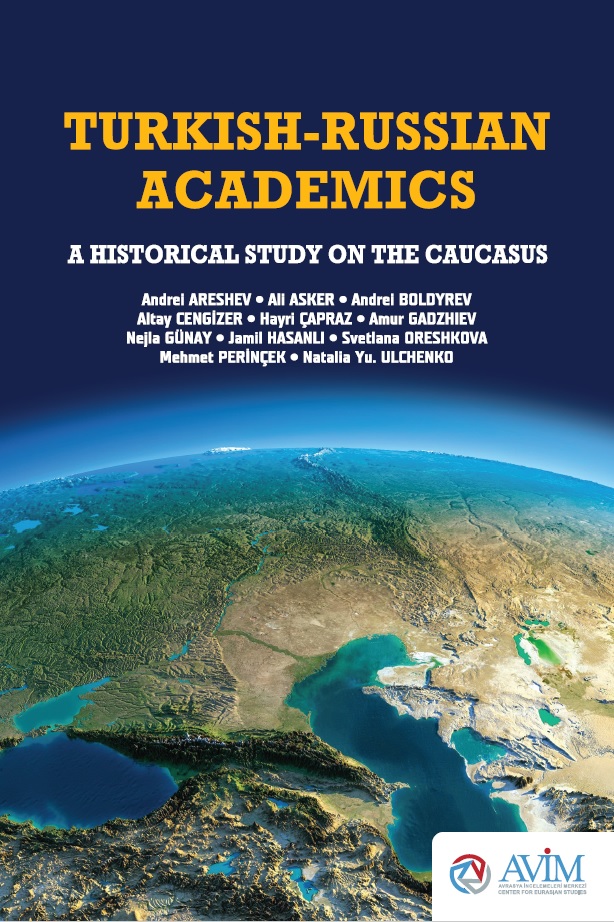
Turkish-Russian Academics: A Historical Study on the Caucasus -
01.07.2016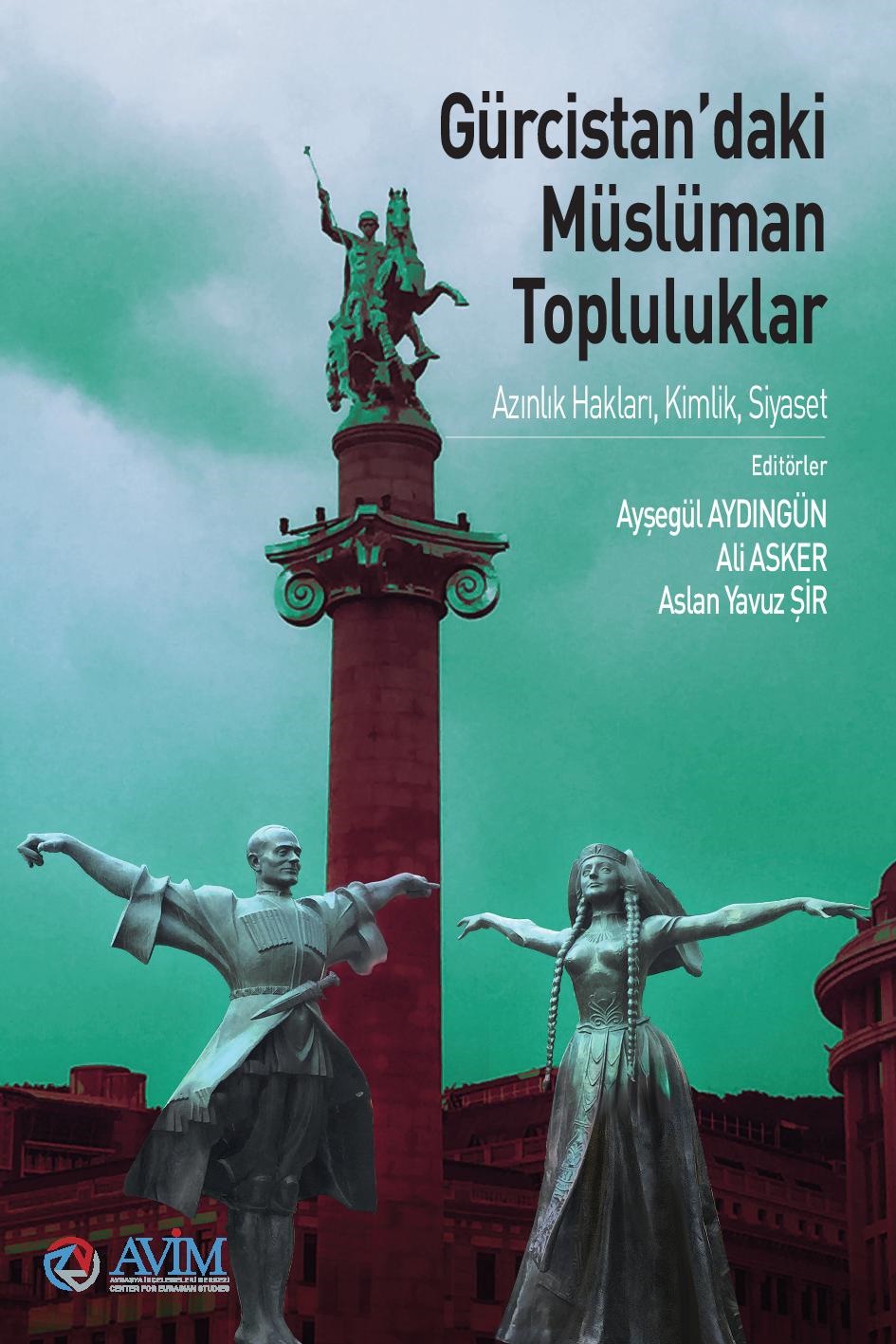
Gürcistan'daki Müslüman Topluluklar: Azınlık Hakları, Kimlik, Siyaset -
10.03.2016
Armenian Diaspora: Diaspora, State and the Imagination of the Republic of Armenia -
24.01.2016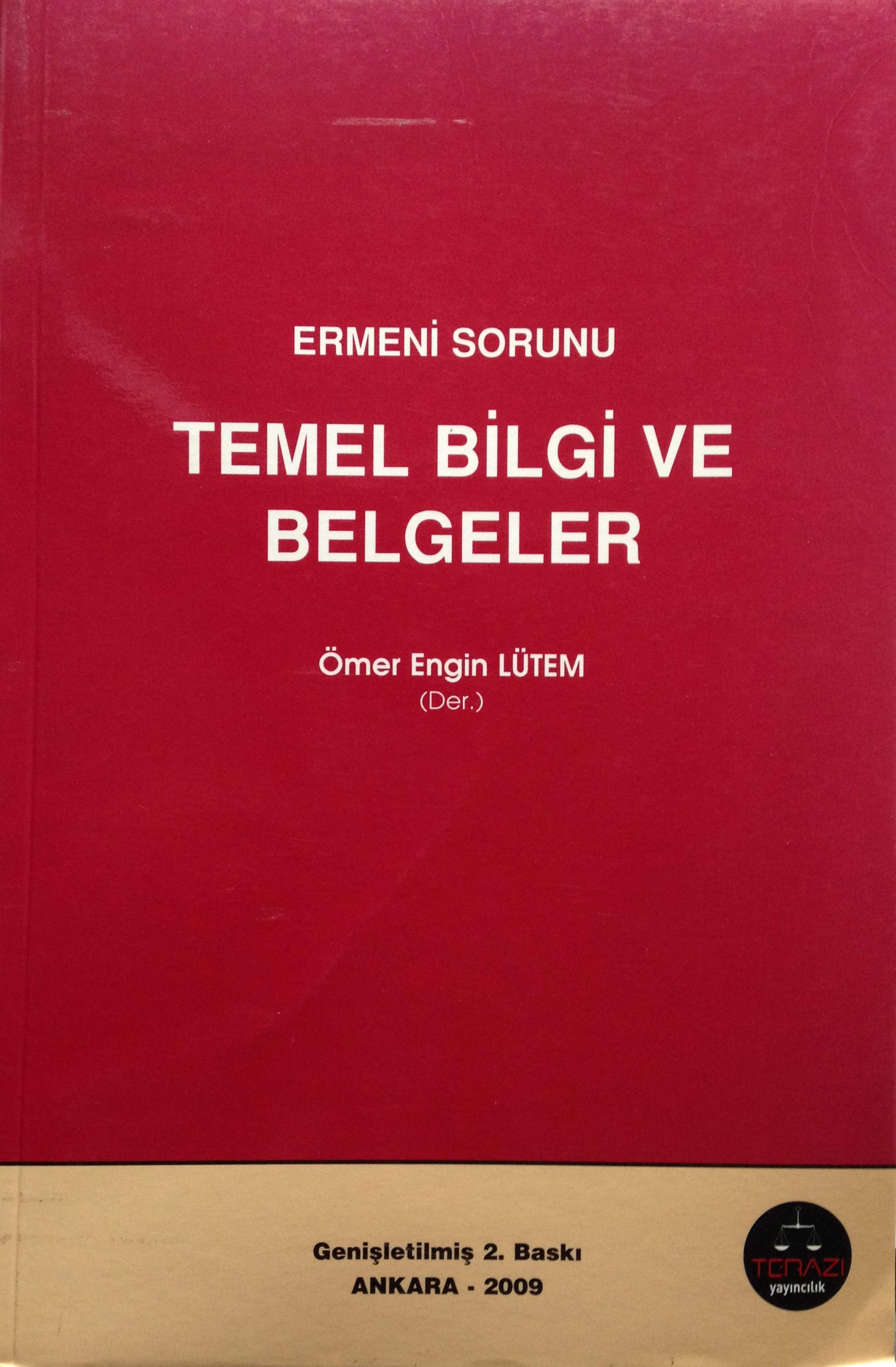
ERMENİ SORUNU - TEMEL BİLGİ VE BELGELER (2. BASKI)
-
AVİM Conference Hall 24.01.2023
CONFERENCE TITLED “HUNGARY’S PERSPECTIVES ON THE TURKIC WORLD"

